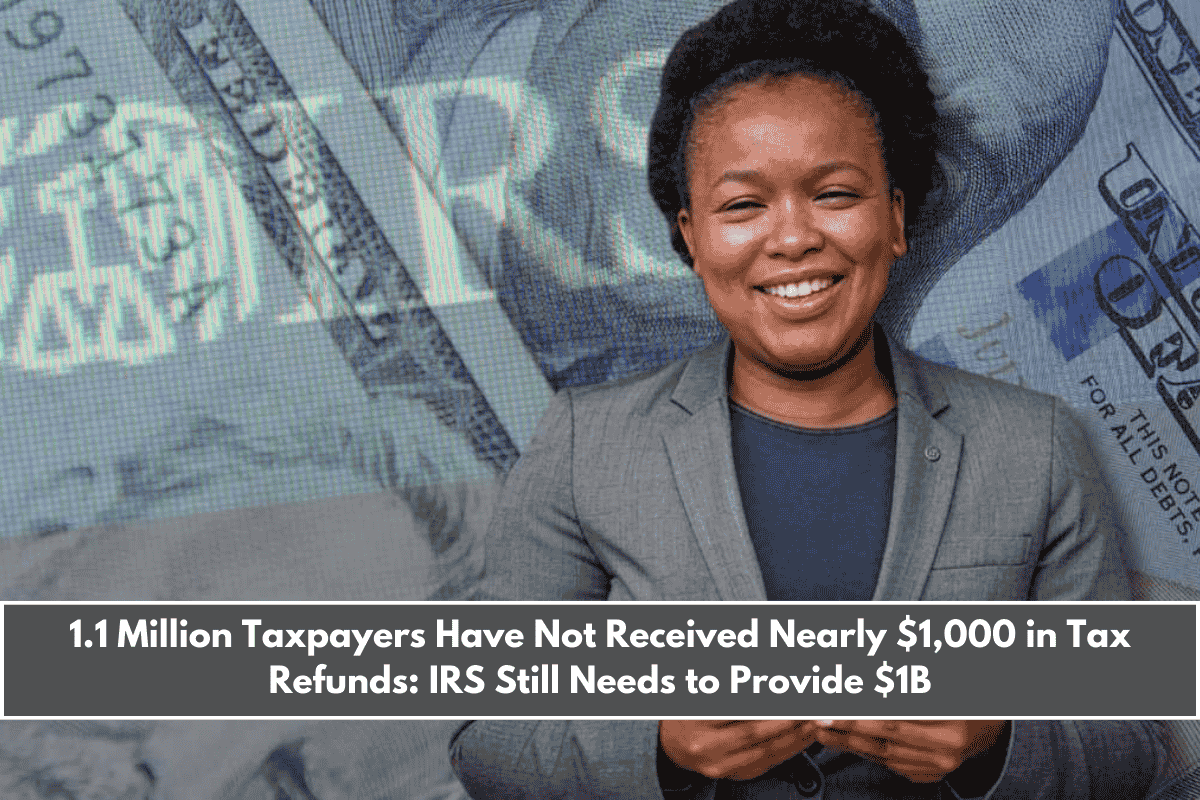Over 1.1 million Americans have a chance to claim their 2021 tax refunds, with more than $1 billion still unclaimed. If you’re one of them, you could receive an average refund between $781 and $897.75, but time is running out. The deadline is April 15, 2025. After that, the money will become property of the U.S. Treasury.
Many people don’t realise they are eligible, especially those who earned low incomes, worked temporary jobs, or didn’t file a tax return for that year. But the IRS wants you to know—it’s your money, and you can still claim it.
Who Can Claim These IRS Refunds?
The IRS says this refund opportunity is available to any taxpayer who didn’t file Form 1040 for 2021, but who may have:
- Overpaid their taxes, or
- Qualified for refundable credits like the Earned Income Tax Credit (EITC)
The EITC can provide up to $6,728 for those with dependent children. Even if your income was below the minimum filing requirement, you could still qualify.
Many people miss out due to lack of awareness, frequent change of address, or the false belief that low income means no need to file. But the IRS emphasizes that filing is essential if you want access to refunds or credits.
Understanding the Refund Amount: Average vs. Median
You might hear different numbers related to refund amounts. Here’s what they mean:
Average Refund – About $897.75
This number is calculated by adding all refund amounts and dividing by the number of taxpayers. It’s useful but can be skewed by very high or very low refunds.
Median Refund – About $781
The median is the middle value when all refunds are listed from lowest to highest. It’s not affected by extreme cases and shows what a typical taxpayer receives.
In New York, the median refund is as high as $995, while in California it’s around $600. These differences are often due to income levels and local tax policies.
How to Claim Your 2021 Tax Refund
If you haven’t filed your 2021 taxes, here’s what you need to do:
1. Complete Form 1040 for 2021 – available on the IRS website.
2. Attach required documents like:
- W-2 (wage and tax statement)
- 1099 (for freelance/contract work)
- 1098 (for tuition or mortgage interest)
If you don’t have these forms, contact your previous employer or use the IRS Get Transcript tool.
3. Submit your return before April 15, 2025.
- There’s no penalty for filing late if you’re due a refund.
Free Help Is Available
If you’re unsure how to file, you can get free support from services like:
- VITA (Volunteer Income Tax Assistance) – Especially useful for students, low-income earners, or non-English speakers.
You can also use the IRS’s “Should I File?” tool online to check your eligibility.
Don’t Wait—Act Now or Lose Your Refund Forever
The IRS has already published state-by-state tables showing how many people are eligible and how much is available. If no action is taken by April 15, 2025, all unclaimed funds will go to the U.S. Treasury.
This could hurt millions of low-income families, especially those who depend on the Earned Income Tax Credit, which has helped lift nearly 5 million children out of poverty, according to the Congressional Budget Office.











Leave a Reply